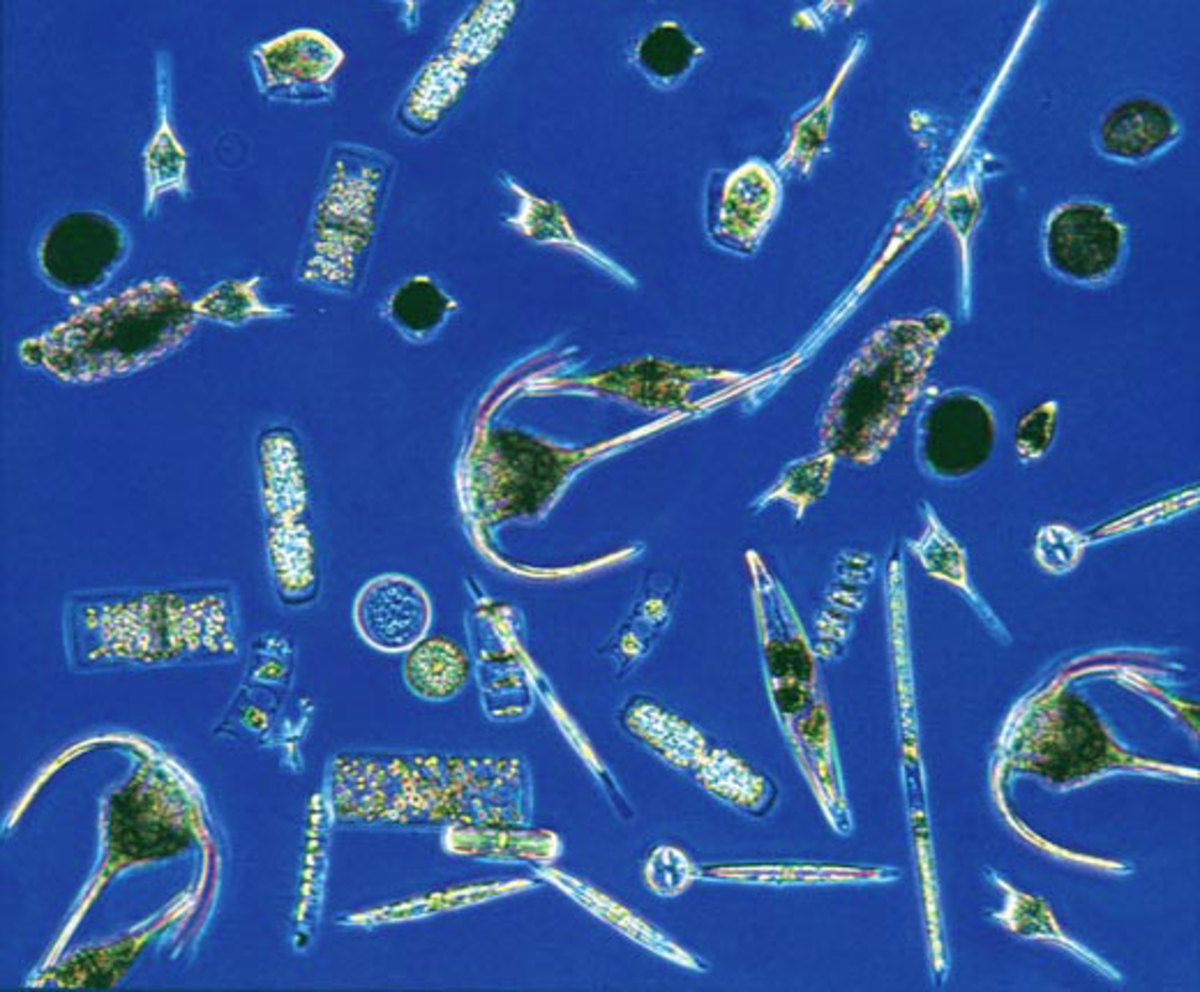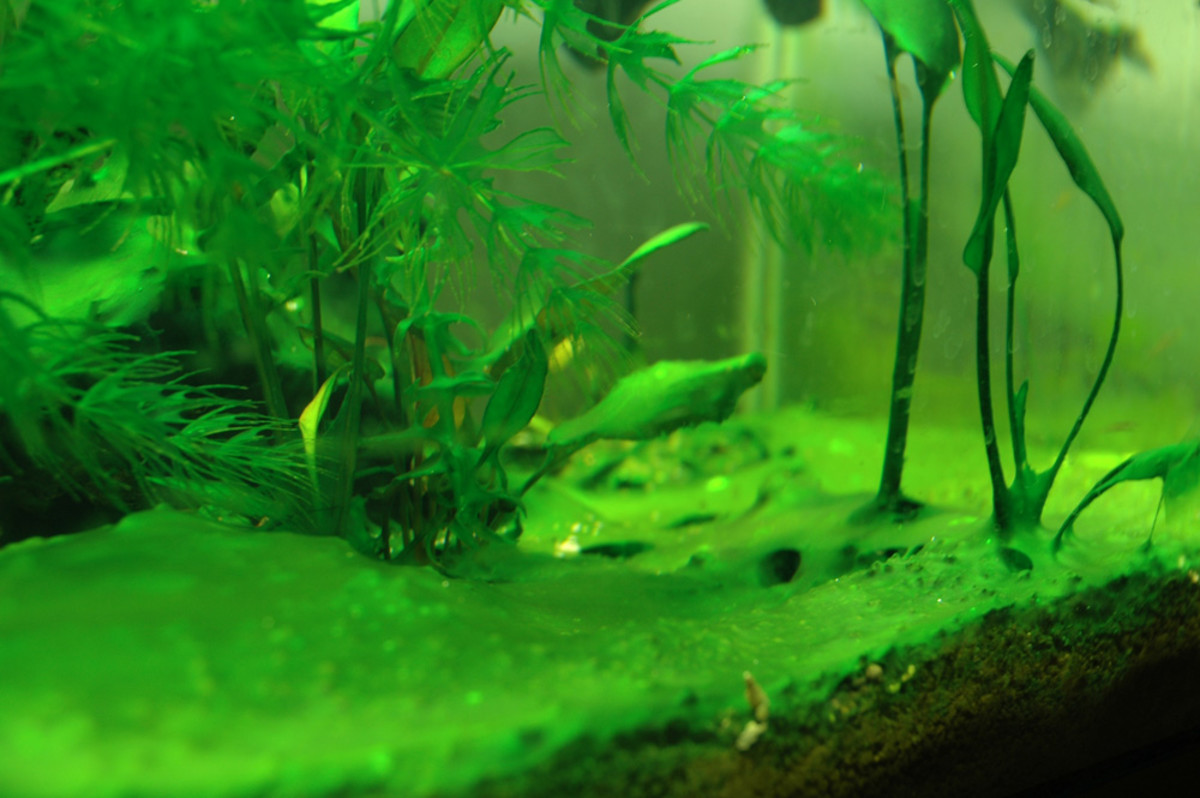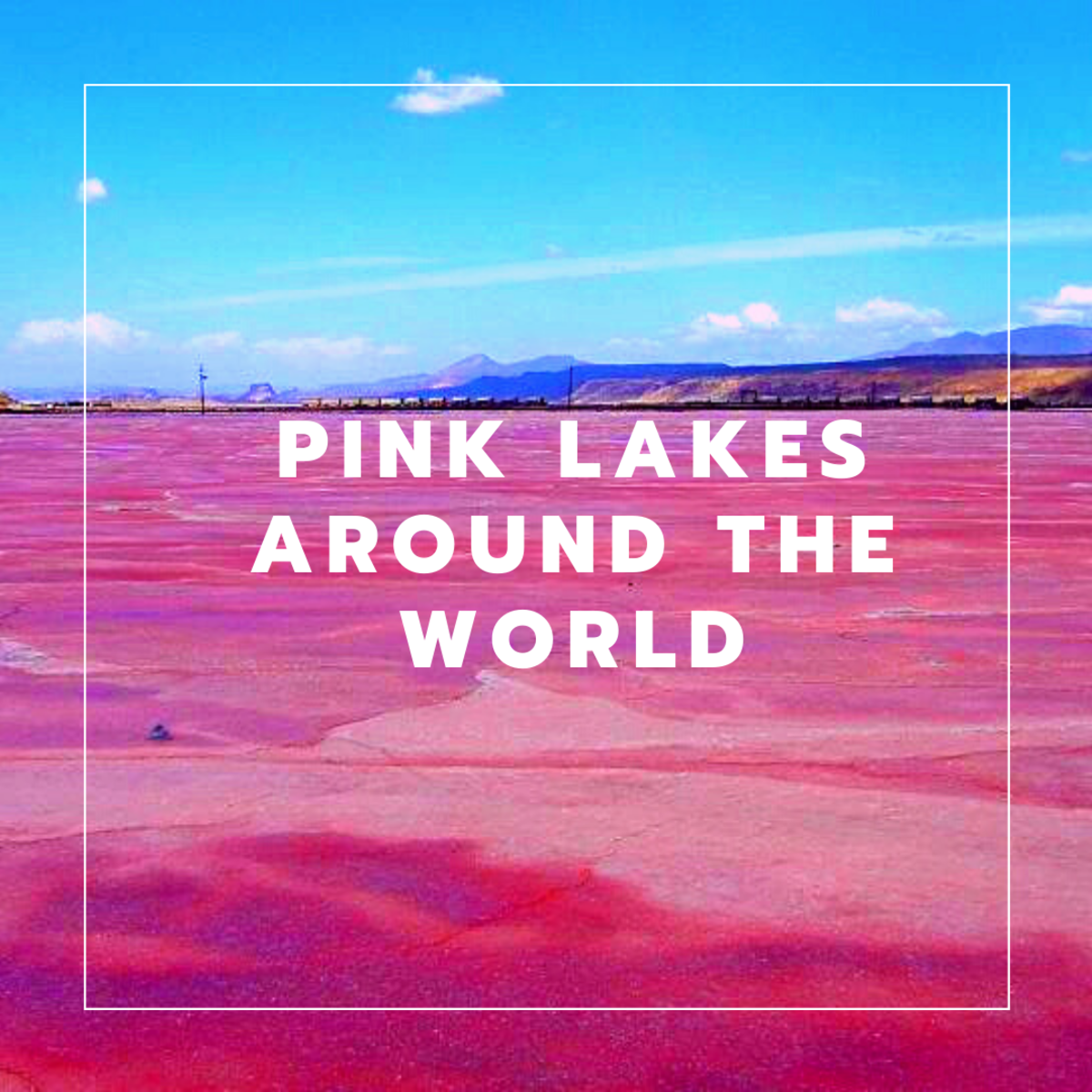Algal Bloom AKA Red Tide
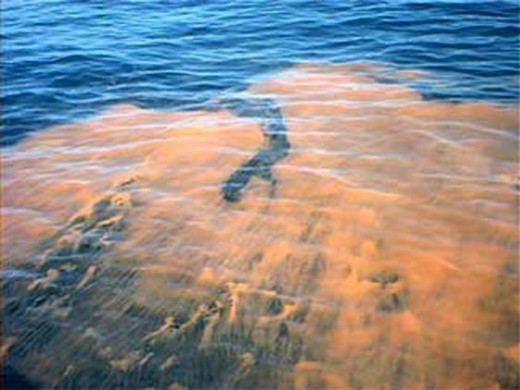
It turns out that while they look a lot like ‘red tides’, they have nothing to do with the movement of water. Because of the misleading nature of the term, scientists and marine biologists around the world have started using a different word to describe this phenomenon. They are now referred to an algal bloom. Harmful or toxic algal blooms if they pose a danger to surrounding flora and fauna. However, unless you’re talking to a know-it-all d-bag, I think you will be safe calling it a red tide still.
Red tides occur when algae builds up in the water column and rises to the surface. Typically they are seen in colors in the red spectrum ranging from deep red to a light pink. However, not all algae present in this color and algal blooms have been reported in colors such as purple and green. Other times the algae are not dense enough to be seen as any distinct color.
So what exactly is this algae you ask?
Well, to put it simply, they are phytoplankton.Phytoplanktons are autotrophic members of the plankton family.Autotrophic means that they produce complex organic compounds (such as carbohydrates, fats and proteins) from simple inorganic molecules using photosynthesis.They are found in great abundance in the ocean and serve as the foundation to the oceanic food chain.In recent years their decreasing populations have been attributed to global warming but really, what hasn’t?
Phytoplanktons are the staple of the marine food chain but they also have proven to have great benefits for human consumption as well.They can quickly provide the body with proteins and high-energy nutrients.
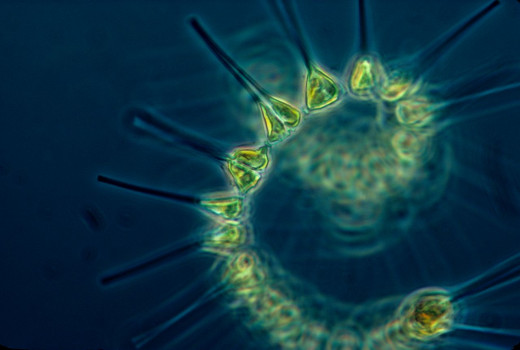
Blooms
Most algae are non-toxic but that does not mean that they cause no damage to the ecosystem. While the consumption of these algae’s does not cause direct poisoning they can still lead to large-scale marine damage. Mostly this occurs when the short-lived planktons start to die and the bacteria that consume the dead matter begin to use up all the dissolved oxygen in the water. This results in little to no oxygen in the water column and all life relies on oxygen to survive (well almost all life, but that’s not the topic of this hub).
In some cases, blooms can be so dense that they cut off the all the light from reaching below the surface, causing die offs as well
Of the 5000+ species of marine phytoplankton that exist worldwide, about 2% are known to be harmful or toxic. Blooms of harmful algae can have varied impacts on the environment ranging from widespread marine mortality to the tainting of clams, oysters and other marine bi-valves for consumption. Harmful algae can easily spread throughout the marine ecosystem because they are so low on the food chain.
One example of this is in the Gulf of Maine. The Gulf of Maine frequently experiences algal blooms of the dinoflagellate (plankton) Alexandrium fundyense. This organism produces a toxin known as saxatoxin, the neurotoxin responsible for paralytic shellfish poisoning. When marine bi-valves ingest the toxin, it becomes imbedded in their soft tissues and can poison humans if eaten. The well-known "Florida red tide" that occurs in the Gulf of Mexico is another harmful algal bloom caused by Karenia brevis. This is a dinoflagellate that produces brevetoxin, the neurotoxin responsible for neurotoxin shellfish poisoning.
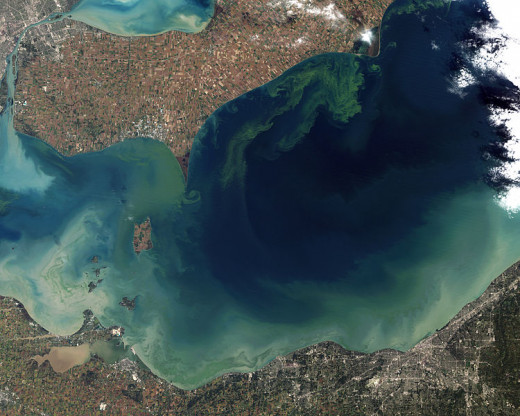
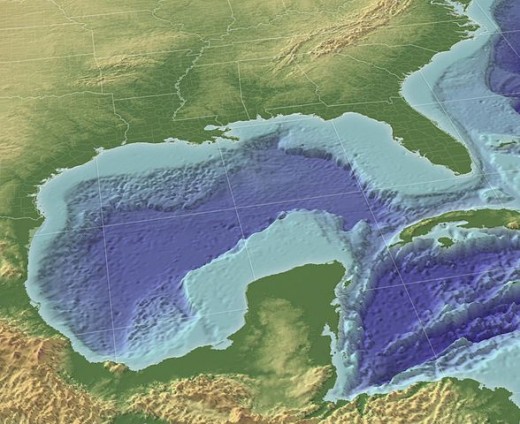
Causes
While the exact cause of an algal bloom is not known there are many different theories as to why they occur. Some occurrences, particularly the ones that occur on the pacific coast in places like Washington and Canada, are attributed to El Nino and other re-occurring weather patterns. When cold-nutrient rich water is brought up to the surface, it provides an ideal growing environment for plankton and other dinoflagellates that cause algal blooms.
In places like the Gulf of Mexico and off the Florida coast, the algal blooms are attributed to more human activity. The run off from farms and agricultural practices are usually rich in fertilizers such as nitrogen and phosphorus, which are the two prime players in the reproduction of marine phytoplankton. The Mississippi River is a notorious polluter of the Gulf of Mexico because of all the agricultural lands that drain into it throughout its long and winding course through the heart of the America.
Over the past 30 years, it has been debated whether the increase in occurrences and severity of algae blooms is real or just a product of the fact that we are monitoring it closer.


